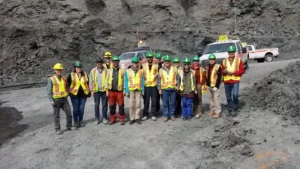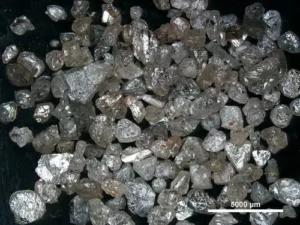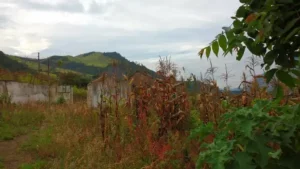
Earth’s Largest Diamonds Form in Metal-bearing Part of Earth’s Mantle
Super-deep diamonds, which form more than 380 km deep in Earth’s mantle, were invaluable tools for deep carbon scientists. Super-deep diamonds, which form more than
The carbon cycle plays a crucial role in maintaining the Earth’s climate and supporting life by regulating atmospheric carbon dioxide levels. While the short-term carbon cycle—think daily processes like photosynthesis—gets much of the attention, the deep carbon cycle unfolds over millions of years. This “decade-deep” cycle describes the movement of carbon between the Earth’s mantle, surface, and atmosphere, affecting global climate patterns over geological timescales. Let’s dive into the decade-deep carbon cycle and explore how it shapes the planet beneath our feet.

Super-deep diamonds, which form more than 380 km deep in Earth’s mantle, were invaluable tools for deep carbon scientists. Super-deep diamonds, which form more than

The 15 November 2016 edition of the journal Lithos delves into the role of natural diamonds in deep Earth research. Titled “The nature of diamonds

The Third International Diamond School took place at the University of Alberta, with the Deep Carbon Observatory as the main event sponsor (together with De Beers and

In a recent letter published in Nature, researchers propose that most carbon goes no deeper than about 300 to 500 kilometers, at which point a

In a study published in Nature, a team of scientists describes an unexpected mechanism for diamond formation relying on ancient, subducted seawater. Diamonds are crystals

The atmosphere that allows our planet to sustain life formed from gases emitted by volcanoes early in Earth’s history. These volatile elements are constantly recycled


© deepcarboncycle.org, 2017.
All Rights Reserved.